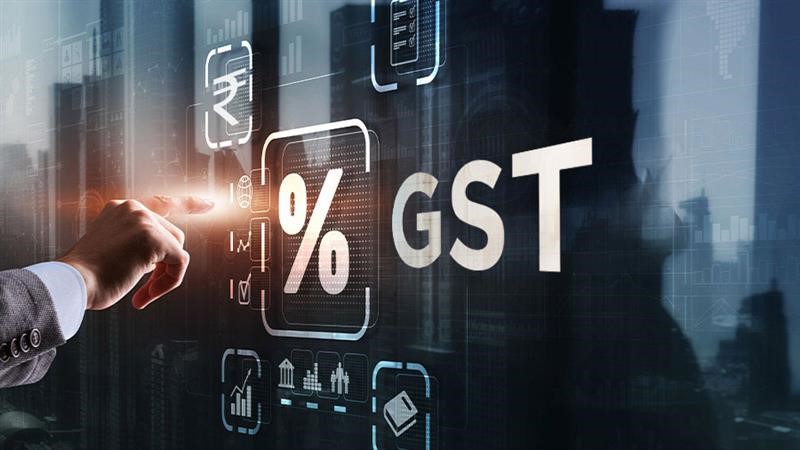In a landmark decision, the Government of India reduced the number of Goods and Services Tax (GST) slabs from four to two (5% and 18%), with a high-rate 40% slab set aside for luxury and sin items that will go into effect on September 22, 2025. By combining common necessities like toothpaste, soaps, paneer, UHT milk, and educational materials into the lower 5% (or even 0%) slab, this comprehensive reform addresses long-standing calls for simplification. It also maintains support for small businesses, healthcare, and agriculture by granting exemptions from life and health insurance and lowering taxes on tractors and farm equipment.
In the consumer electronics sphere, the GST rate has been cut from 28% to 18% for appliances such as televisions, air conditioners, refrigerators, washing machines, microwaves, and lighting fixtures, making them more affordable for consumers. Other sectors have also felt the impact: cement has been moved to 18% from 28%, while small vehicles, auto parts, and three-wheelers now attract 18% GST; electric vehicles enjoy a concessional 5% rate to boost clean mobility. Meanwhile, high-end cars, tobacco products, aerated beverages, casinos, and luxury imports have been shifted to the steep 40% slab, underscoring the reform’s intent to safeguard essential consumption while discouraging indulgence.
From rural consumers and MSMEs to manufacturers serving tier II and III cities, this change is widely viewed as a catalyst to boost economic growth, simplify compliance, and promote spending. Through lower tax burdens, the reforms also empower industries like healthcare, agriculture, and education while supporting more general policy objectives like “Make in India.”
Industry experts believe the timing of the reform, just ahead of the festive season, will further amplify its impact, as this is the period when Indian consumers make large-scale purchases of lifestyle and household electronics.
Sharing his views on the development, Mr. Gagan Sharma, Managing Director of XElectron, said:
“The GST 2.0 is a welcome step for both consumers and brands like ours. It not only reduces the cost burden of purchasing lifestyle electronics such as TVs and projectors but also encourages customers to opt for higher-end, larger-screen models that are often considered luxury items. The timing makes this move even more impactful, as the revised rates will come into effect during the festive season, when people actively purchase and gift electronics, giving a boost to the consumer electronics market. At XElectron, we offer innovative products such as smart projectors, LED TVs, digital photo frames, and monitors, and this change ensures that consumers can now enjoy them at even more attractive prices, especially for festive gifting.”

Gagan Sharma, Managing Director of XElectron
Reiterating the same optimism, Mr. Anurag Sharma, Managing Director & CEO, AKAI India, said:
“The new GST rate cut from 28% to 18 % is a progressive reform as it will make electronic items like televisions, air-conditioners, and other appliances significantly more affordable for millions of Indian households. The 18% GST bracket enables consumers to save around ₹3000 to ₹5000 on major appliances and encourages them to fulfil their needs this festive season. This bold step will boost customer demand in tier II and III cities, essentially. The new GST rate cuts will also empower the entire electronics industry and fuel its momentum. Additionally, the industry will be able to enjoy faster transit times across state borders, enhanced overall operational efficiency, and reduced logistics costs.”

Anurag Sharma, Managing Director & CEO, AKAI India
Conclusion:
GST reforms have imparted a turning point in the Indian system of taxation by setting forth a condition on affordability versus revenue. With the rationalisation of slabs, reduction in rates on essential and lifestyle items, and some relief to sectors like consumer electronics, automobiles, and agriculture, they have laid the foundation for developing stronger consumer sentiment and industrial growth. This slight 18% GST on electronics is a facilitating factor for freeing pent-up demand, increasing access in tier II and III cities, and further pushing domestic production under “Make in India.” With festive season demand on its way, brands are hopeful that this reform will act as a firm catalyst for sales and long-term sector allowance.







